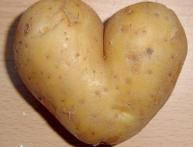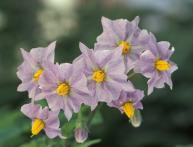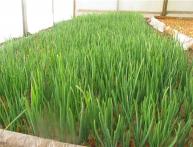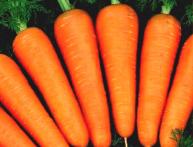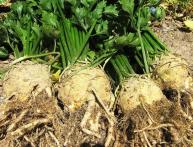Mongolian bow
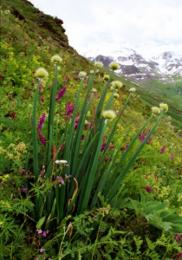
The most popular representative of vegetables belonging to the group of spicy vegetables is considered to be onions. Onions are cultivated all over the world and have a huge number of varieties and varieties. Depending on the variety, onions have a variety of colors, sizes, shapes, colors, pungency of taste and aroma. Onions are used in the cuisines of all nationalities, have an unlimited number of beneficial properties, and are enriched with vitamins of various groups. In total, there are about 400 onion varieties around the world, but about 300 are widespread in the CIS.
A very interesting variety of onion and very enriched with beneficial properties and microelements is the Altai onion. Altai onion has many other names: stone onion, boron onion, Kurai onion, Siberian wild onion, Sonchina, and it is also called Mongolian onion.
Mongolian onion is a perennial winter-hardy plant that has very clear external similarities with a variety such as batun. Mongolian onion is considered to be a wild variety of spicy vegetable and, accordingly, can be observed not only in the garden beds of summer residents and gardeners. The taste of the spice is semi-sharp and quite juicy. The bulbs are small in size - 2-3 cm in length, have an oblong-ovoid shape, and the color scheme in cross-section is yellowish-green. The leaves of the plant are tubular and cylindrical in shape. The Central Asian region is considered the birthplace of the Altai onion, and it was from there that its further spread began. In Russia, Altai onions can be observed in Tuva, Buryatia, as well as in the main part of the Altai Territory.


